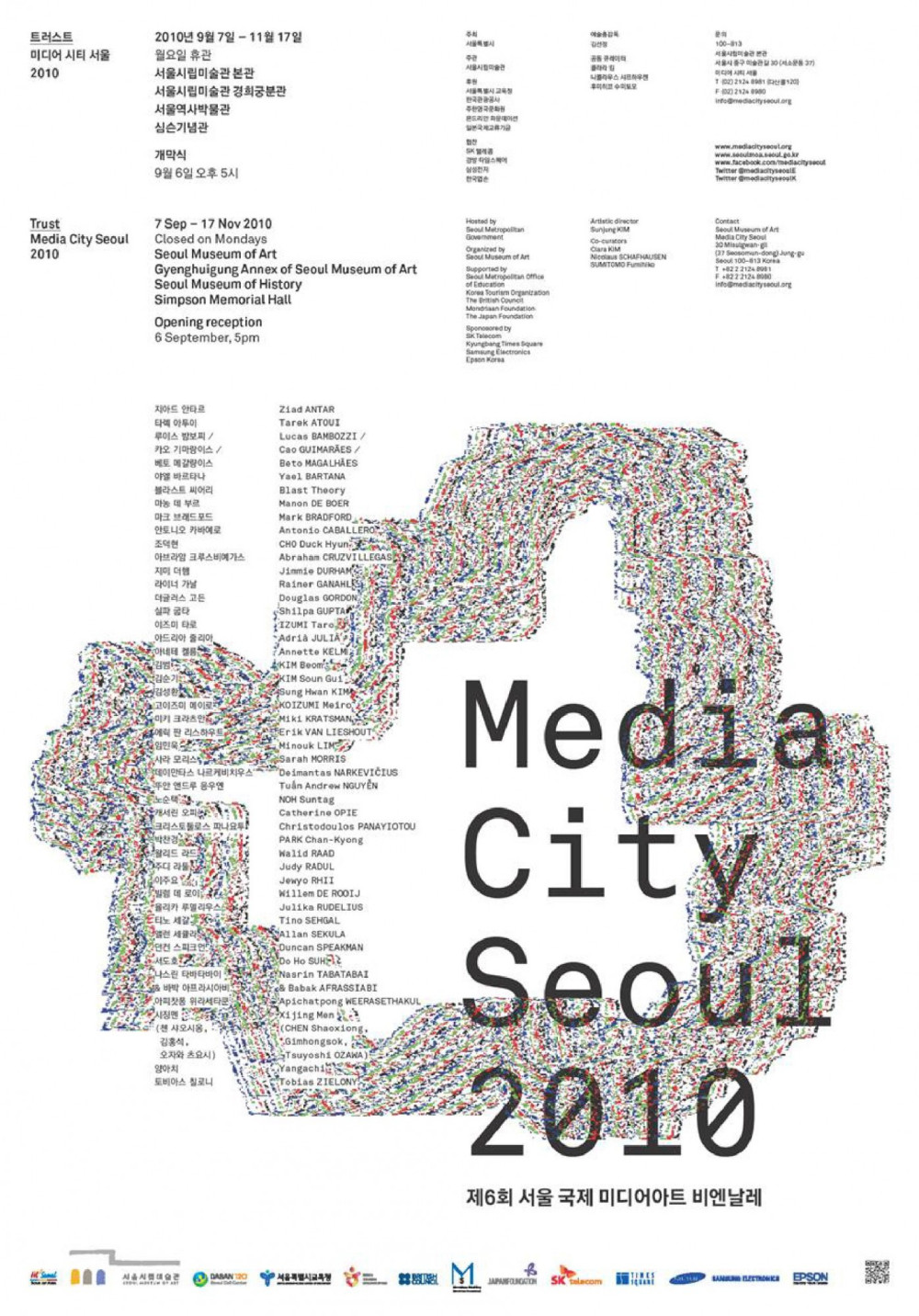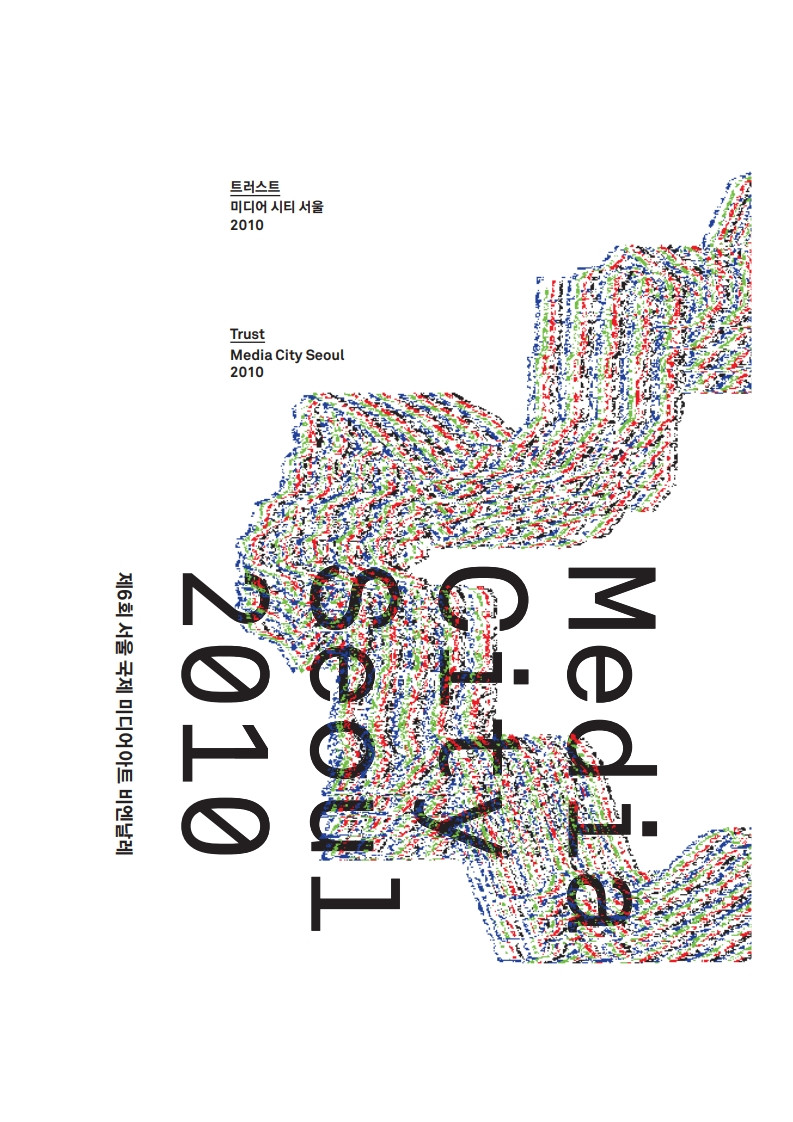American-born sculptor, essayist and poet Jimmie Durham wryly undermines the stability and structure of belief and ideology. Durham’s work resists staking claim to a single narrative or idea in favor of creating conditions for action, interruption, and disturbance, a value that runs through both his artwork and in life (as an American Indian Movement activist in the 1970s). Whether working with natural objects like rocks and fossils or man-made ones such as the single- engine airplane, Durham makes use of things from the physical world in an effort to evidence and upset a state of inertia or the status quo.
Durham’s Pursuit of Happiness is a seemingly lighthearted film that subtly destabilizes certain assumptions about the myth of an artist, particularly one associated with outsider art. Using the narrative arc and sensibility of a modern-day folk tale, the camera follows the journey of a young American Indian protagonist, played by the Albanian-born, Paris-based artist Anri Sala. With unclear intentions, he strolls through a field to an empty road, collecting various items that become material for three-dimensional collages. Though the narrative of the film mirrors Durham’s life (who self-expatriated himself over 23 years ago, echoed in the film by the protagonist who makes his fortune on his artwork and cashes in on a one-way ticket to Paris), his statement about the work wittily subverts these assumptions: “People have asked me if it’s an autobiographical film, and it’s not really. The art work looks more like the work of an American-Indian Julian Schnabel or something.” These words—taken with the title, which references one of the three unalienable rights granted in the U.S. Declaration of Independence (“life, liberty and the pursuit of happiness”)—characterize Durham’s wry and subversive critique on the contradictions of American ideology.

